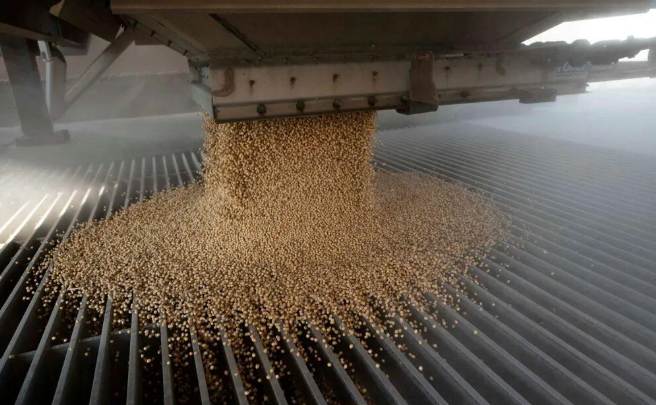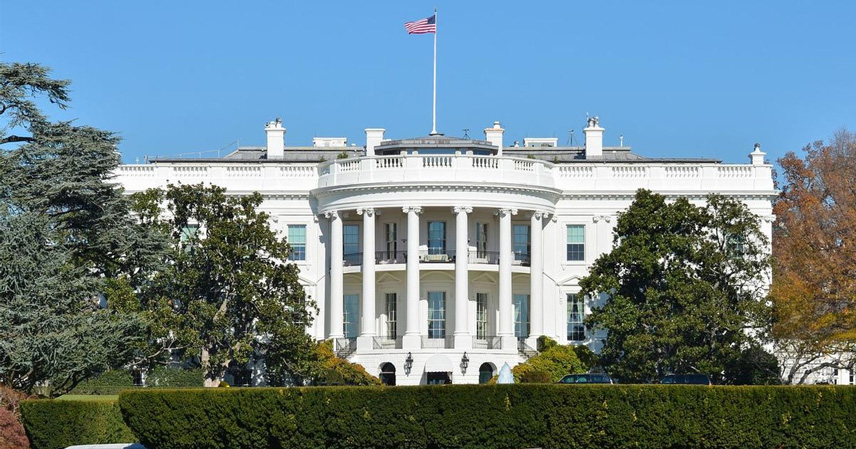There is an old Chinese saying: “Food is the heaven for the people.” While rooted in Chinese tradition, this truth applies universally—across nations and throughout history. Even the United States, often seen as a financial and technological powerhouse, has never abandoned agriculture. In fact, Washington has repeatedly wielded “food power” as a geopolitical weapon, and China has long been one of its prime targets.

The U.S. Soybean Offensive
After China’s entry into the WTO, the U.S. quickly turned its eyes toward China’s soybean market. Armed with advanced GMO technologies, American agribusiness giants once dominated global soybean exports, and China was heavily dependent on those imports.
But instead of maintaining market stability, the U.S. chose aggression. In 2003, Washington raised soybean export prices under the pretext of a “drought”, triggering panic across the global market. Chinese traders were forced to buy soybeans at nearly double the cost. Just months later, however, production returned to normal, exposing the so-called “drought” as a manipulation scheme targeting China.
The result was devastating: many Chinese soybean businesses collapsed, and American firms hoped to consolidate control over China’s market.

China’s Countermove: Survival and Recovery
At this critical juncture, Beijing intervened by releasing soybean reserves for three consecutive years, stabilizing the market. Though it required short-term sacrifices, this move prevented U.S. dominance. At the same time, China boosted domestic soybean production, ensuring long-term resilience.
This episode became a textbook case of China turning crisis into opportunity—and a warning that the U.S. would go to great lengths to weaponize food supply chains.
A Changed Landscape in the 21st Century
Fast forward to today: food and politics are increasingly intertwined. From the Russia-Ukraine conflict to global trade disputes, Washington still tries to use agriculture as leverage. But when it comes to China, its influence has sharply weakened.
The Trump-era tariff wars highlight this shift. In 2019, despite harvest expectations, American farmers faced huge losses as China cut soybean imports. Since China accounted for one-quarter of U.S. soybean exports, the absence of orders left farmers struggling and reliant on subsidies, including the $23 billion bailout during Trump’s first term.

Turning to South America
China, though still a major importer, is no longer dependent on U.S. soybeans. Instead, Beijing has built stronger trade partnerships with Brazil and Argentina.
Brazil has become China’s top soybean supplier, while Argentina suspended its 26% soybean export tax to win over Chinese buyers. By late 2025, China had already completed its October soybean procurement ahead of schedule, sourcing almost entirely from South America.
The impact on the U.S. is severe: up to 16 million tons of lost soybean exports, threatening the livelihoods of hundreds of thousands of American farmers.

The End of U.S. “Food Power” Over China
The shift is unmistakable: China has diversified supply chains, while U.S. dominance in soybean exports is eroding. What was once a tool of pressure is now a sign of America’s vulnerability.
For China, this transformation is not just economic—it is symbolic. It proves Beijing can resist U.S. leverage, secure reliable partners, and assert its agricultural power globally. The days when American soybeans dictated China’s market are over.
References:
- WTO trade records and historical U.S.-China trade disputes
- Reports on U.S. soybean subsidy programs
- Agricultural trade data from Brazil and Argentina



